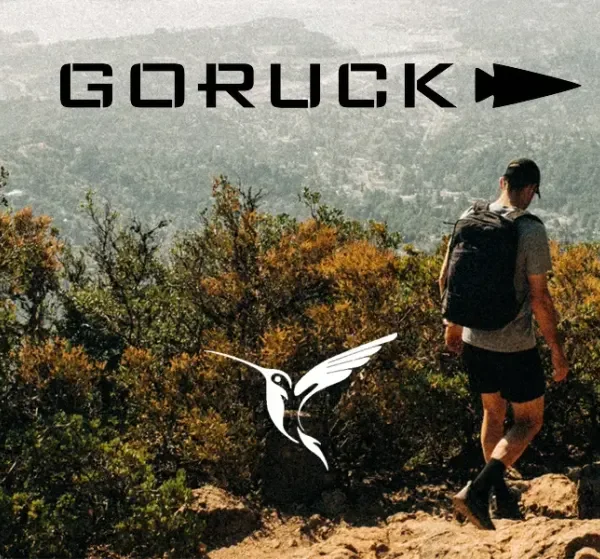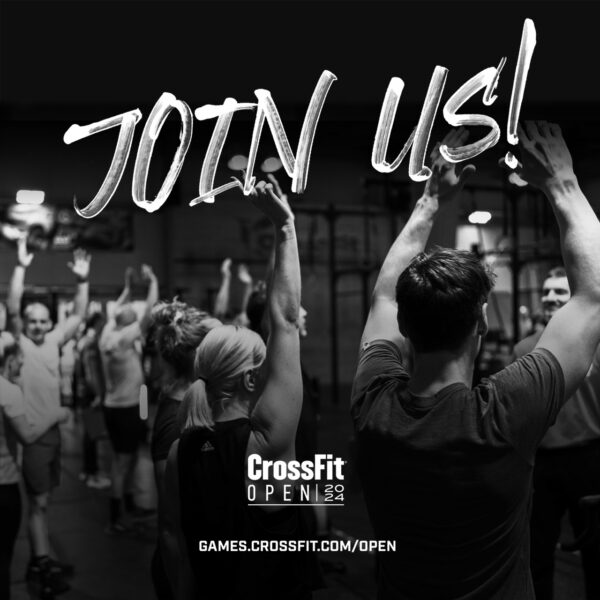Der Overhead Squat (OHS) ist die gnadenloseste Variante aller Kniebeugen und deshalb auch nicht für Jeden geeignet, der mit CrossFit beginnt. Der OHS erfordert ein hohes Maß an Beweglichkeit. Wenn wir über Beweglichkeit sprechen, meinen wir nicht nur Flexibilität. Zum einen benötigt man eine gute Bewegungsamplitude. Zum anderen braucht man Kraft und Stabilität in den verschieden Positionen.
The Overhead Squat, demonstrated here by CrossFit Seminar Staff member James Hobart, is the most unforgiving of all the squat movements, so it not for everybody when they first start out. The overhead squat requires a high degree of mobility (when we talk about mobiility, we mean not just flexibility i.e. good range of motion, but also strength in those end range of motion positions).
In particular, you need great ankle mobility, good hip opening, strong core and posterior chain and strong, flexible thoracic (the area at around shoulder blade level) spine and shoulders. Most of us fail at the ankles, before we even look at anything else! So make sure you’re doing all the mobility work your coach gives you, so that you prep yourself to be able to hit each of the performance point in this amazing movement. It can be a lot of work to get there, but it is well worth persisting, because this movement not only helps you to move better in eery direction, but it really is a prerequisite for the Snatch, if you are keen to train the Olympic Lifts.
Ausführung
- Schulterbreiter Stand
- Die Langhantel breit greifen
- Die Langhantel ständig nach oben drücken, Arme strecken, Ellenbogenbeugen zeigen nach vorn
- Das Gesäß wird nach hinten und unten geführt
- Das Gesäß ist in der Kniebeuge unterhalb der Parallelen (Hüftgelenk unter dem Kniegelenk)
- Lendenlordose beibehalten
- Die Fersen bleiben am Boden
- Die Langhantel befindet sich stets über der Mitte beider Füße
- Die Knie und die Zehen zeigen in dieselbe Richtung
- Die Kopfposition ist neutral
- Am Ende der Bewegung in die vollständige Streckung zurückkehren



